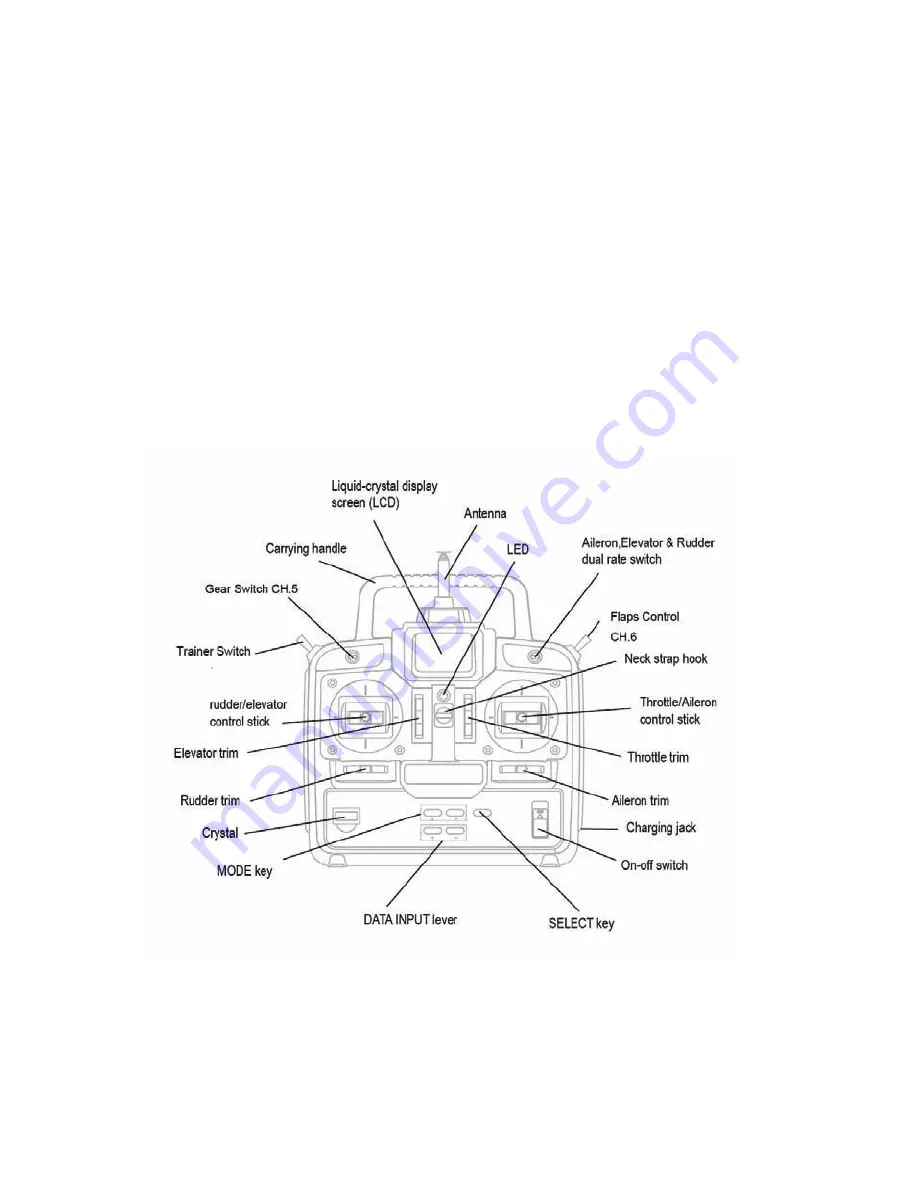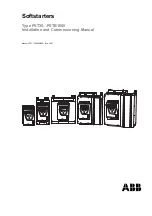
INTRODUCTION TO THE T6EAP SYSTEM
IMPORTANT!:
Always turn on the transmitter first, then the receiver. When turning off the system, always turn off the
receiver first. The object is never to have the receiver on by itself. Otherwise, the servos or control surfaces could be
damaged, or in the case of electric-powered models, the motor may unexpectedly turn on causing severe injury.
IMPORTANT!:
Never collapse the transmitter antenna by pushing down from the top. If one of the segments becomes
momentarily stuck you may damage the antenna. Instead, collapse the antenna from the bottom, drawing in one segment
at a time.
Transmitter
The liquid-crystal display (LCD) on the face of the compact, ergonomically-designed case is easy to read and allows
rapid data input. The system also holds independent memories for six different models. The new, adjustable-length
control sticks provide an improved feel. External switches operate dual rates (D/R), landing gear, and trainer cord or
“buddy-box” capabilities. Programming features include servo reversing and E.P.A on all channels, dual rates,
exponentials and programmable mixing. Additionally, any one of four, factory-set, preprogrammed “wing-type” mixers
including flaperon, V-tail, elevon mixing may be selected.
Transmitter controls
The diagram and explanations briefly describe the functions of the T6EAP transmitter. Full instructions on how to
operate
the controls are provided beginning on page 7.
NOTE:
The diagram shows a Mode 2 system as supplied.
DESCRIPTIONS:
Aileron, Elevator and Rudder dual rate switch Aileron, Elevator and Rudder dual rate switch
Use this switch to “flip” between two aileron, elevator and rudder control throw settings. The throws can be set up
however you prefer, but generally, when the switch is “up” the throws are greater (“high rate”) and when the switch is
“down” the throws are less (“low rate”). This switch also flips between exponential rates (if used).
Flap control dial/Channel 6
-
This dial operates the servo connected to channel 6 in the receiver if your model has
flaps this is the control used to operate them.
Neck strap hook
-
Mounting point for optional neck strap.
Aileron/elevator control stick -
Operates the servos connected to channel 1 (aileron) and channel 2 (elevator) in the
receiver.
3




































